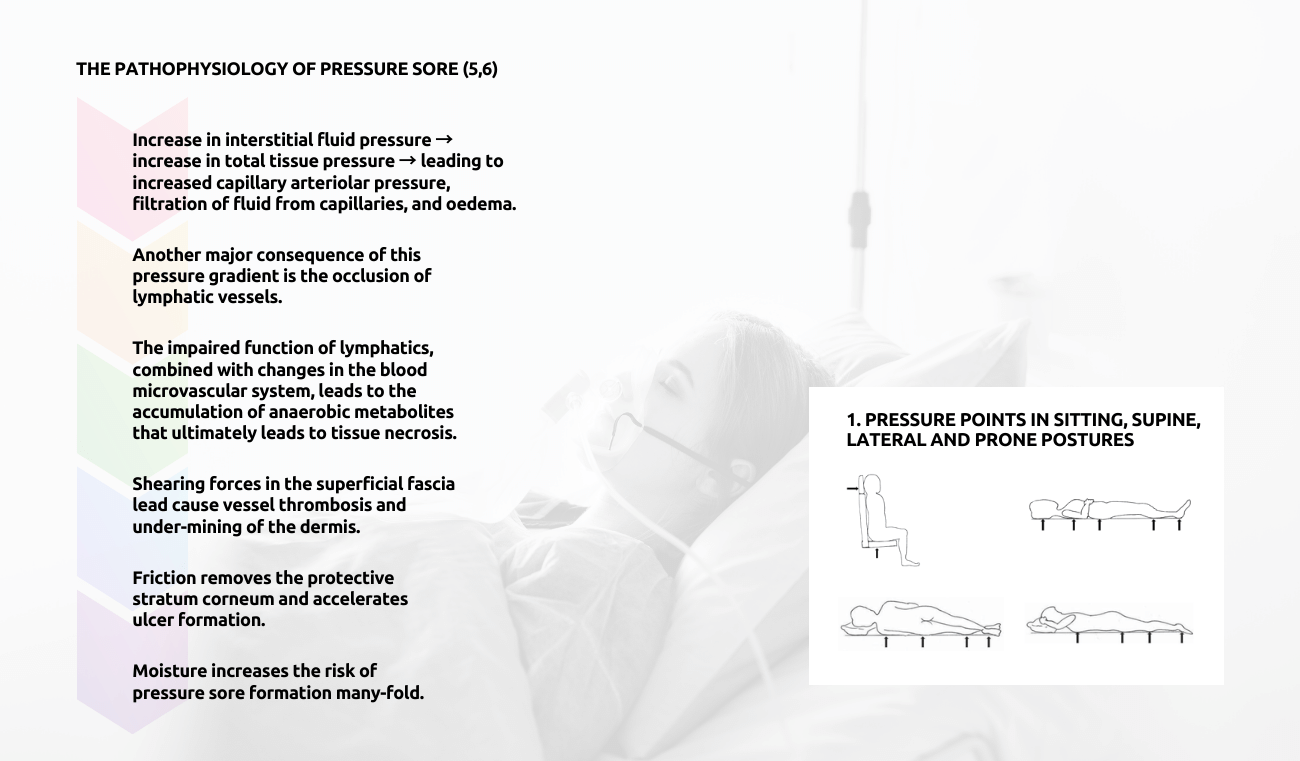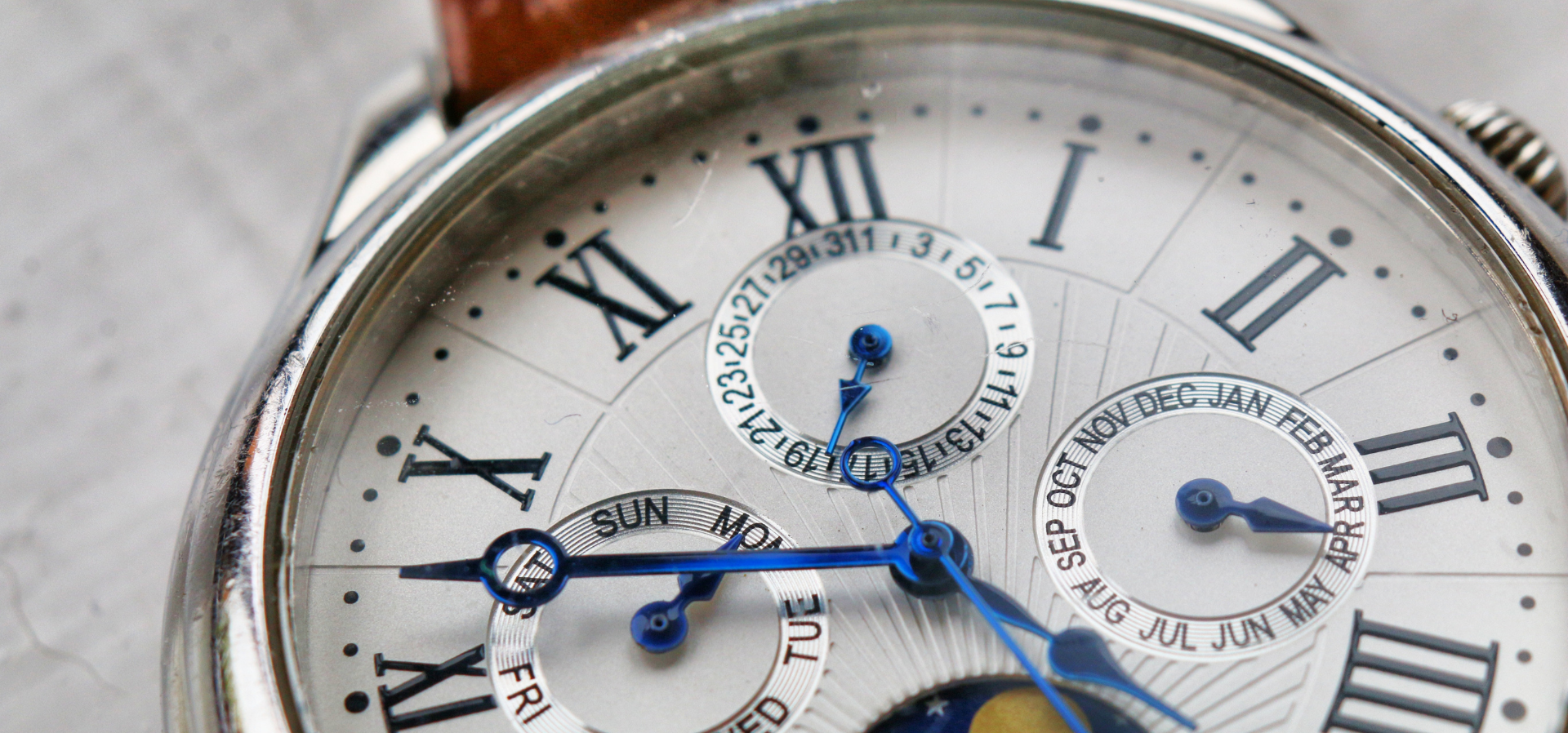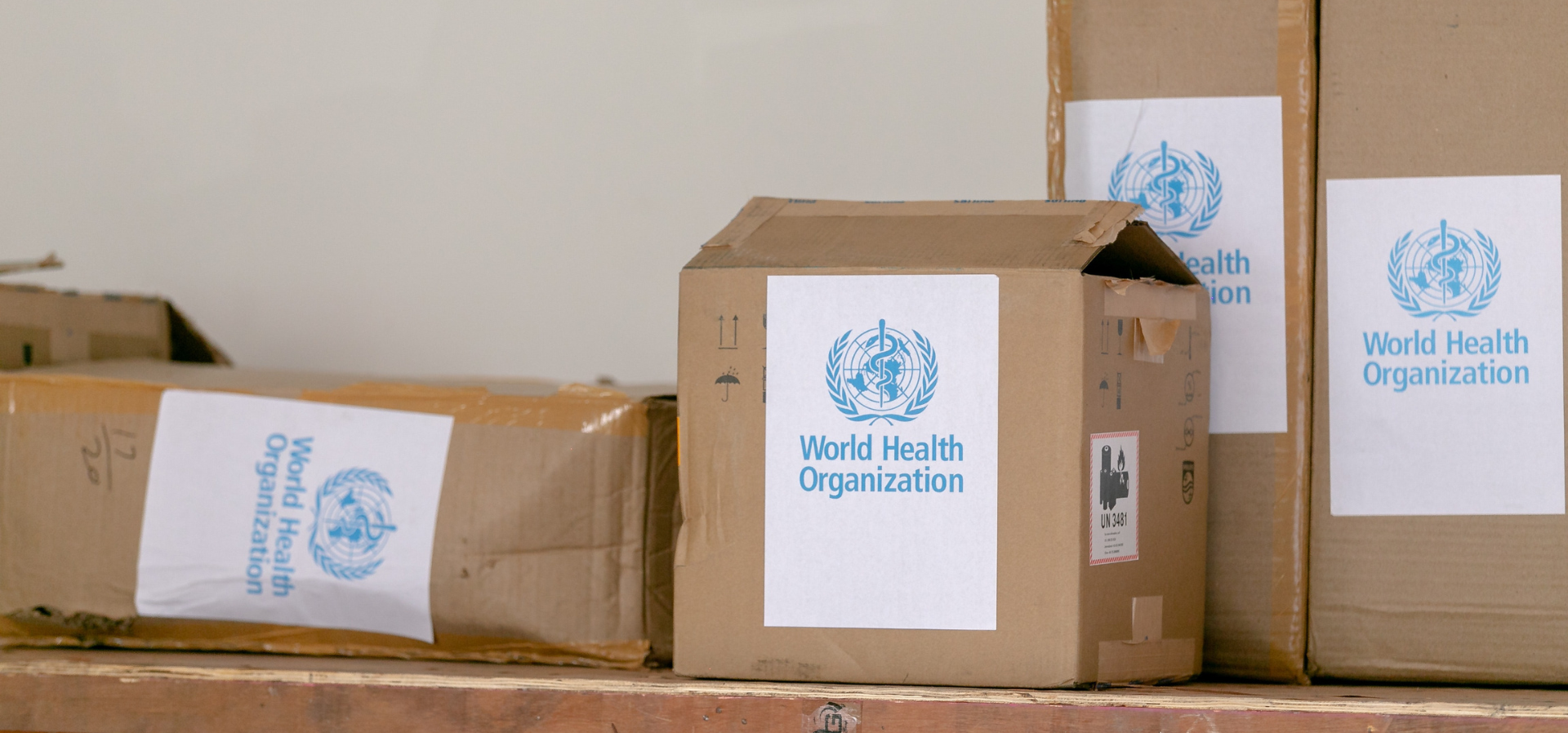Pathophysiology of Bed Sores/ Pressure sores
READ AS MAGAZINE PDF
he pressure sore is a common clinical entity affecting 25% to 85% of spinal cord injury patients and accounting for 7% to 8% of deaths in these patients (1,2). In a Survey of general hospitals, 3% to 4.5% of patients during hospitalization develop pressure sores (3,4). Patients in the elderly age group are more susceptible to pressure sores. Although many factors contribute to the development of a pressure sore but pressure, shearing forces, friction, and moisture are the main culprits. There is a delicate balance between negative interstitial fluid pressure and positive solid tissue pressure, resulting in a total tissue pressure of zero. The different parts of the body are at risk of developing pressure sores in specific positions (Fig. 1).

References:
1. Levine JM. Historical perspective on pressure ulcer: The decubitus ominosus of Jean-Martin Charcot. J Am Geriatr Soc 2005;53:1248-51.
2. National Pressure Ulcer Advisory Panel. Pressure Ulcers: Incidence, economics, risk assessment. Consensus development conference statement. West Dundee, III: S N publications; 1989. Available from: http://www.npuap.org/pr2/htm.
3.Shahin ES, Dassen T, Halfens RJ. Incidence, prevention and treatment of pressure ulcers in intensive care patients: A longitudinal study. Int J Nurs Stud 2009;46:413-21.
4.Chauhan VS, Goel S, Kumar P, Srivastava S, Shukla VK. The prevalence of pressure ulcers in hospitalized patients in a university hospital in India. J Wound Care 2005;14:36-7
5. Bridel J. The aetiology of pressure sores. J Wound Care 1993;2:230-8.
6. Leigh IH, Bennet G. Pressure ulcers: Prevalence, aetiology and treatment modalities. A review. Am J Surg 1994;167:25S-30.
Authors
-

Additional Professor, Onco-Anaesthesia & Palliative Medicine AIIMS, New Delhi
-







